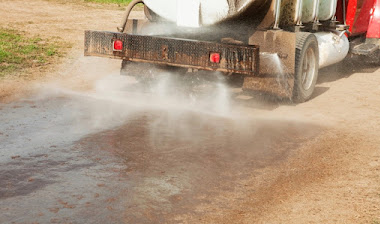Report: hundreds of gas wells drilled near schools, hospitals
May 6, 2011Reducing The Staggering Costs Of Environmental Disease In Children, Estimated At $76.6 Billion In 2008
May 9, 2011A key policy breakthrough occurred nearly twenty years ago with the discovery that children are far more sensitive than adults to toxic chemicals in the environment. This finding led to the recognition that chemical exposures early in life are significant and preventable causes of disease in children and adults. We review this knowledge and recommend a new policy to regulate industrial and consumer chemicals that will protect the health of children and all Americans, prevent disease, and reduce health care costs. The linchpins of a new US chemical policy will be: first, a legally mandated requirement to test the toxicity of chemicals already in commerce, prioritizing chemicals in the widest use, and incorporating new assessment technologies; second, a tiered approach to premarket evaluation of new chemicals; and third, epidemiologic monitoring and focused health studies of exposed populations.
Recognition of the unique vulnerability of children, infants, and fetuses to toxic chemicals in the environment was a watershed development for health and environmental policy.1 This discovery catalyzed two further insights: that early life exposures to toxic chemicals are important causes of disease and dysfunction in children and also in adults,2–4 and that diseases caused by chemicals can successfully be prevented, thus saving lives, enhancing the quality of life, reducing health care and education costs, and increasing national productivity. A notable example is the nation’s experience with removing lead from gasoline. This one change reduced lead poisoning by more than 90 percent5 and produced an estimated annual economic benefit of $110 billion to $319 billion.6
These insights have affected risk assessment, regulation, and law.7 In this article we explore the implications for health and environmental policy.



